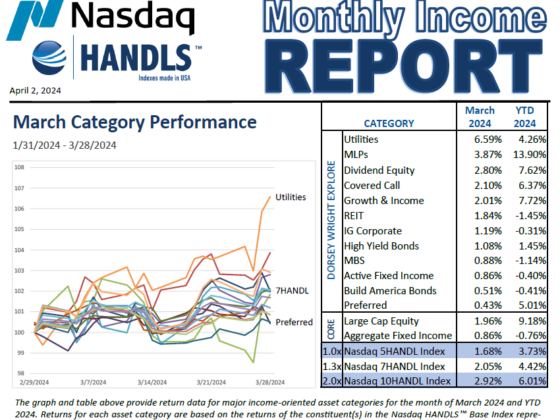On Aug 28, the Federal Reserve memorialized its revised monetary framework by aiming for “average” inflation of 2% over time. In practical terms, the central bank told investors two things 1) they will keep interest rates low for years, therefore making income difficult to come by and 2) they will continue to press policy that is meant to stoke inflation. Their actions may or may not be successful. However, they certainly create ongoing challenges and risks. How should investors navigate this terrain? As Jesse Livermore wisely noted “Everything you need to know is right there in front of you.”
Many investors misinterpret what low interest rates mean for traditional fixed income and non-traditional fixed income asset classes (such as floating rate loans). The question investors should ask themselves is: “Why take fixed rate with duration risk when you can take floating rate without duration risk and earn more/same income at a lower dollar price?” Furthermore, numerous investors misunderstand/misjudge duration risk.
In our recent case study, The Case for Non-Traditional Fixed Income in Every Rate Environment
we took a close look at the large, liquid and mature $1.2 trillion U.S. senior secured corporate loan market. In this study, we presented our case for loans in every rate environment. With interest rates close to and through zero in some cases, traditional fixed income asset classes such as Investment Grade bonds, Sovereign bonds and Emerging Market bonds provide historically low income and/or growing duration risk for investors.
Here are some key points to consider:
- The Barclays Aggregate Index currently only yields ~1.15% at an eye watering ~$110.52 price alongside a duration of ~8. Top 10 holdings are ALL Fannie Mae securities.
- The Barclays Aggregate Government Related Index currently yields a miserly ~1.12% at an even higher ~$111.36 price with a duration of ~6. Top 10 holdings include the International Bank for Reconstruction & Development (IBRD), Fannie Mae, Uruguay and the European Investment Bank (EIB), among others.
- The Barclays Emerging Markets Hard Currency Aggregate Index currently yields only ~4.06% at a ~$105.41 price with a duration of ~6.6. Top index constituents include Russia, Qatar, Argentina and Uruguay, among others.
With interest rates close to zero, the duration tail wind that propelled fixed income to ever higher prices (and lower yields) over the past four decades is all but gone. Even Japan and Switzerland, the poster children of low/negative rates, have struggled to stay materially below zero. Interest rates close to zero means duration risk continues to brew and a reversal for a variety of reasons including vigilantism, policy mistakes, growth and/or inflation could bring prices of traditional fixed income asset classes down materially at some point (case studies include 1994, 1998/1999 and 2002 to 2007). Some investors do not believe in materially higher interest rates or inflation from current levels. This may or may not be a correct view. However, why take the risk when you don’t have to? Today, floating rate and fixed rate coupons trade on top of each other in many cases, given how low interest rate are these days.
Duration Risk
Duration is important to bond investors because it acts as a guide for how sensitive a bond (or bond portfolio) is to changes in interest rates. For most investors, the bond duration indicates how much the market price of a bond will change when its yield (i.e. its current rate of interest) changes. Specifically, when yields rise, a bond’s price will fall by an amount approximately equal to the change in the yield, multiplied by the duration of the bond. For example, if the yield on a bond with a duration of five years rises by 100 basis points (e.g. from 3% per annum to 4% per annum) the price of the bond could be expected to fall by 5% (e.g. from $100,000 per bond to $95,000 per bond). It is important to remember that yields and prices move in opposite directions so as yields fall bond prices rise and vice versa.
The question remains as to whether investors believe rates can fall another 100 bps from here and, if they not do believe that, do they appreciate the duration risk they may be holding in the traditional fixed income portfolios?







